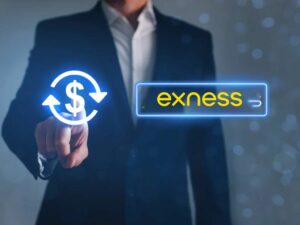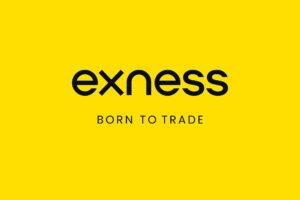In forex and CFD trading, lot size plays a crucial role in determining trade volume and risk exposure. Understanding Exness’s maximum lot size limits is essential for traders aiming to optimize their trading strategies, whether they are managing small-scale trades or executing larger, more advanced positions. This guide explores Exness’s lot size limits across various account types and instruments, offering clear insights on how these limits impact trading decisions.
What Is Lot Size and Why Does It Matter?
A “lot” is the unit of measurement used to represent the volume of a trade. In forex, different types of lots—such as standard, mini, micro, and cent lots—determine the size of the position taken in the market. The lot size you choose directly affects your exposure to market fluctuations, influencing both potential profits and losses.
Here’s a quick overview of the most common lot sizes:
| Lot Type | Units Traded | Common Use |
| Standard Lot | 100,000 units | Common in large trades, high leverage use |
| Mini Lot | 10,000 units | Smaller position sizes for retail traders |
| Micro Lot | 1,000 units | Low-risk, small capital trades |
| Cent Lot | 100 units | Ideal for beginners to limit exposure |
For example, in a standard account with EUR/USD, a one-pip movement equals a $10 change for a standard lot. In contrast, a micro lot would see a much smaller $0.10 change for the same movement.
Exness Maximum Lot Sizes by Account Type
Exness offers several account types designed for different trading styles and capital levels. Each account type has specific maximum lot size limits, ensuring that traders can scale their positions according to their experience and risk tolerance. Here’s an overview of Exness’s maximum lot sizes by account type:
| Account Type | Maximum Lot Size | Key Features | Target Audience |
| Standard Cent | 200 Cent Lots | Ideal for low-risk trades, smaller lots, and beginners | New traders, experimenting with small positions |
| Standard | 200 Lots | No commissions, flexible trading options | Suitable for traders of all experience levels |
| Pro | 200 Lots | Tight spreads, fast execution | Advanced traders looking for precision and speed |
| Raw Spread | 200 Lots | Ultra-low spreads, perfect for scalping | High-frequency traders, scalpers |
| Zero Spread | 200 Lots | Fixed spreads, predictable trading costs | Traders seeking stability in volatile conditions |
These limits apply to most major instruments but may vary depending on market liquidity and other factors such as volatility.
Instrument-Specific Maximum Lot Sizes
While Exness offers the same maximum lot sizes for most account types, different instruments come with unique specifications based on their liquidity and market demand. Below are the maximum lot sizes for some of the most popular trading instruments at Exness:
Forex Pairs
Exness offers some of the highest maximum lot sizes for major forex pairs due to the liquidity in the forex market. Here’s a breakdown:
| Instrument | Maximum Lot Size | Typical Spread (Pips) |
| EUR/USD | 200 Lots | 0.1 pips |
| GBP/USD | 200 Lots | 0.2 pips |
| USD/JPY | 200 Lots | 0.2 pips |
| AUD/NZD | 100 Lots | 0.5 pips |
| USD/TRY | 50 Lots | 2.0 pips |
Commodities
Commodities such as gold and oil are highly popular on Exness. However, due to the different contract values and liquidity, the maximum lot sizes for these instruments differ:
| Instrument | Maximum Lot Size | Contract Value | Typical Spread (Pips) |
| Gold (XAU/USD) | 50 Lots | 100 ounces | 5.0 pips |
| Silver (XAG/USD) | 50 Lots | 5,000 ounces | 3.0 pips |
| Oil (UKOIL, USOIL) | 20-30 Lots | 1,000 barrels | 2.0-5.0 pips |
Cryptocurrencies
Cryptocurrency CFDs typically have smaller maximum lot sizes due to their volatility and liquidity characteristics. Exness supports major cryptocurrencies like Bitcoin and Ethereum, offering these lot sizes:
| Instrument | Maximum Lot Size | Contract Value | Spread (USD) |
| Bitcoin (BTC/USD) | 10 Lots | 1 Bitcoin | 50.00 |
| Ethereum (ETH/USD) | 10 Lots | 1 Ethereum | 5.00 |
Indices and Stocks
Exness provides CFDs on various major indices like the NASDAQ and DAX, as well as individual stocks. The lot sizes for indices and stocks vary based on their individual volatility and price levels:
| Instrument | Maximum Lot Size | Typical Spread (Pips) |
| NASDAQ 100 | 50 Lots | 1.0 pips |
| DAX 30 | 50 Lots | 1.0 pips |
| Tesla (TSLA) | 10 Lots | 0.3 pips |
The Importance of Lot Size for Traders
Understanding the impact of lot size on your trading strategy is essential for managing both risk and reward. Here’s why maximum lot size matters:
- Risk Exposure: Larger lot sizes expose you to higher risks. For example, trading with a standard lot in EUR/USD means each pip movement will result in a $10 change. In comparison, a mini lot would only result in $1 per pip. Larger positions can result in larger profits, but they also amplify potential losses.
- Leverage: Exness offers significant leverage options (up to 1:Unlimited in some cases), which allows traders to open larger positions with a smaller margin. However, higher leverage means greater exposure to market volatility, which can lead to margin calls if not carefully managed.
- Market Liquidity: Less liquid instruments, such as exotic forex pairs or cryptocurrencies, often have smaller maximum lot sizes to manage the execution risks. These markets tend to have lower liquidity, leading to higher spreads and slippage risks.
- Strategy Scalability: For strategies like scalping or grid trading, understanding the maximum lot size is essential. By aligning your trade volume with the broker’s limits, you can avoid breaching platform rules and optimize your trading strategy.
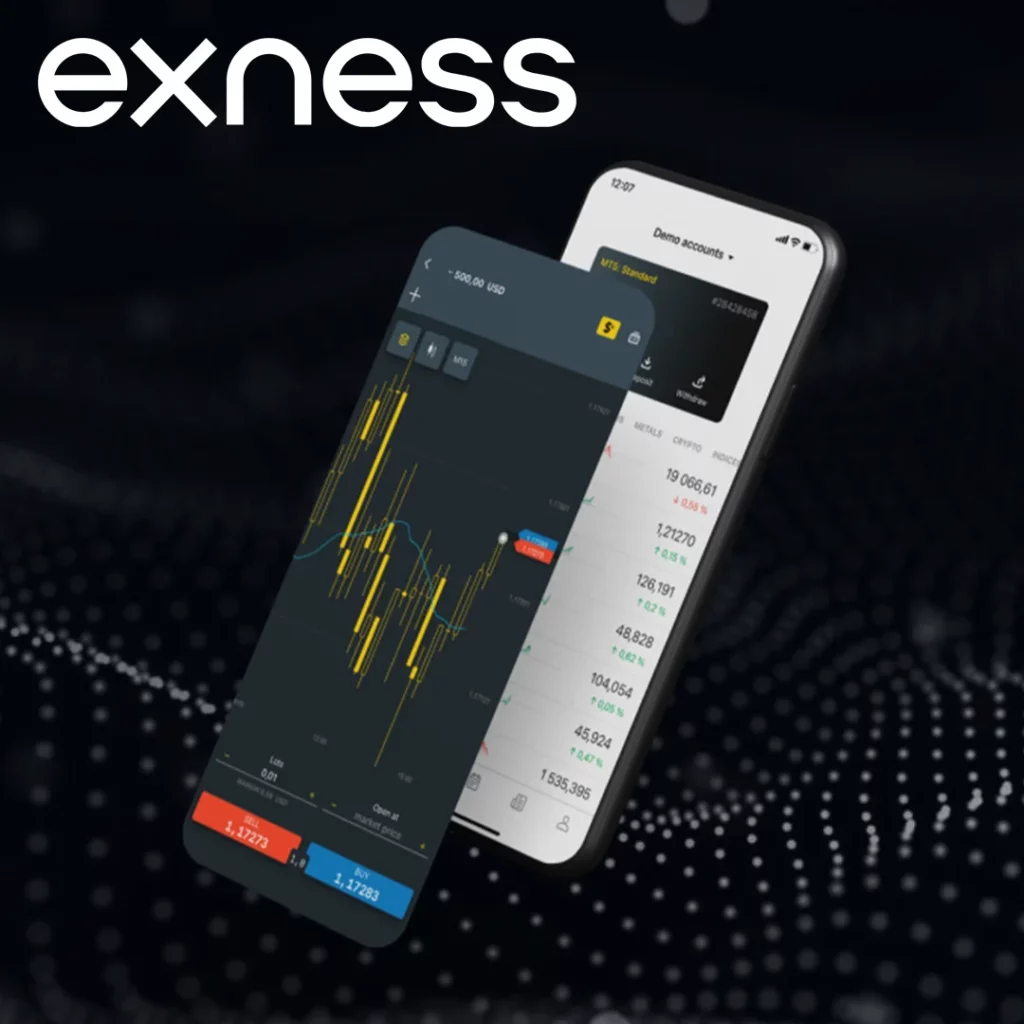
Challenges When Trading Maximum Lot Sizes
While trading with larger lot sizes may seem attractive for increasing potential profits, it comes with its own set of challenges:
- Slippage: Large orders can experience slippage, especially during periods of low liquidity or high volatility. This means that trades may be executed at a different price than the one requested, potentially leading to less favorable outcomes.
- Margin Requirements: Larger lot sizes require higher margins. For instance, with a leverage ratio of 1:100, opening a 10-lot position on EUR/USD would require a margin of $10,000. Traders must ensure they have sufficient margin to avoid margin calls.
- Execution Delays: Larger orders, especially those in less liquid instruments, may experience execution delays, particularly during high-volatility periods or when trading outside major liquidity sessions.
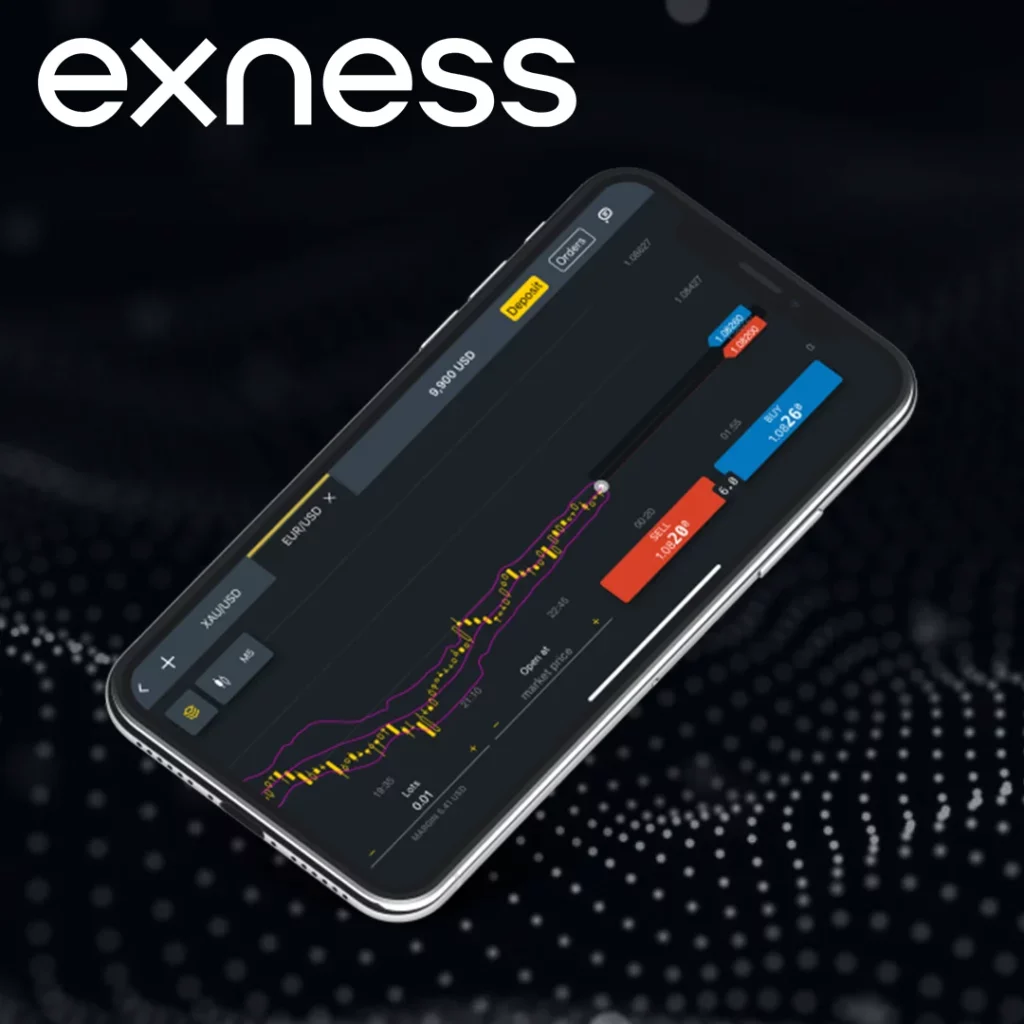
Optimizing Trading with Maximum Lot Sizes
To maximize the effectiveness of large lot trades on Exness, follow these best practices:
- Choose the Right Account Type: The Pro account is ideal for traders who frequently execute high-volume trades. It offers faster execution and tighter spreads, which are critical for optimizing large trades.
- Use Proper Leverage: Adjust leverage settings based on your account size and risk tolerance. Using lower leverage can help control potential losses during volatile market conditions.
- Split Orders: If necessary, divide large positions into smaller trades to reduce slippage risks and improve execution efficiency.
- Use Exness’s Tools: Exness provides several tools, such as margin calculators and risk management features, to help traders determine the appropriate lot sizes and leverage for their account balance.
Exness vs Competitors: Maximum Lot Sizes
Exness stands out among brokers for its high maximum lot size limits and flexible leverage offerings. Here’s how Exness compares to other brokers on this front:
| Broker | Maximum Forex Lot Size | Leverage Offered | Key Features |
| Exness | 200 Lots | Up to 1:Unlimited | Cent accounts, advanced risk tools |
| IC Markets | 100 Lots | Up to 1:500 | True ECN trading environment |
| Pepperstone | 100 Lots | Up to 1:500 | Low latency trading |
| XM | 50 Lots | Up to 1:888 | Beginner-friendly, negative balance protection |
Exness leads in maximum lot size limits and offers unparalleled flexibility for high-volume traders and institutional clients.
Real-World Examples: Trading Large Lot Sizes
Here’s how different traders use large lot sizes on Exness:
- Scalping with Smaller Lot Sizes: A scalper might use smaller lot sizes (e.g., 0.1 lot) in a Raw Spread account to minimize slippage while executing multiple trades in a session.
- Hedging with Large Positions: An institutional trader might place a 50-lot buy on EUR/USD while simultaneously shorting GBP/USD to manage risk across multiple instruments.
- Long-Term Gold Trading: A swing trader might open a 10-lot position on XAU/USD, using sufficient margin to absorb price fluctuations and capitalize on macroeconomic trends.
Risk Management When Trading Maximum Lot Sizes
To safely trade with large lot sizes, it’s essential to implement solid risk management strategies:
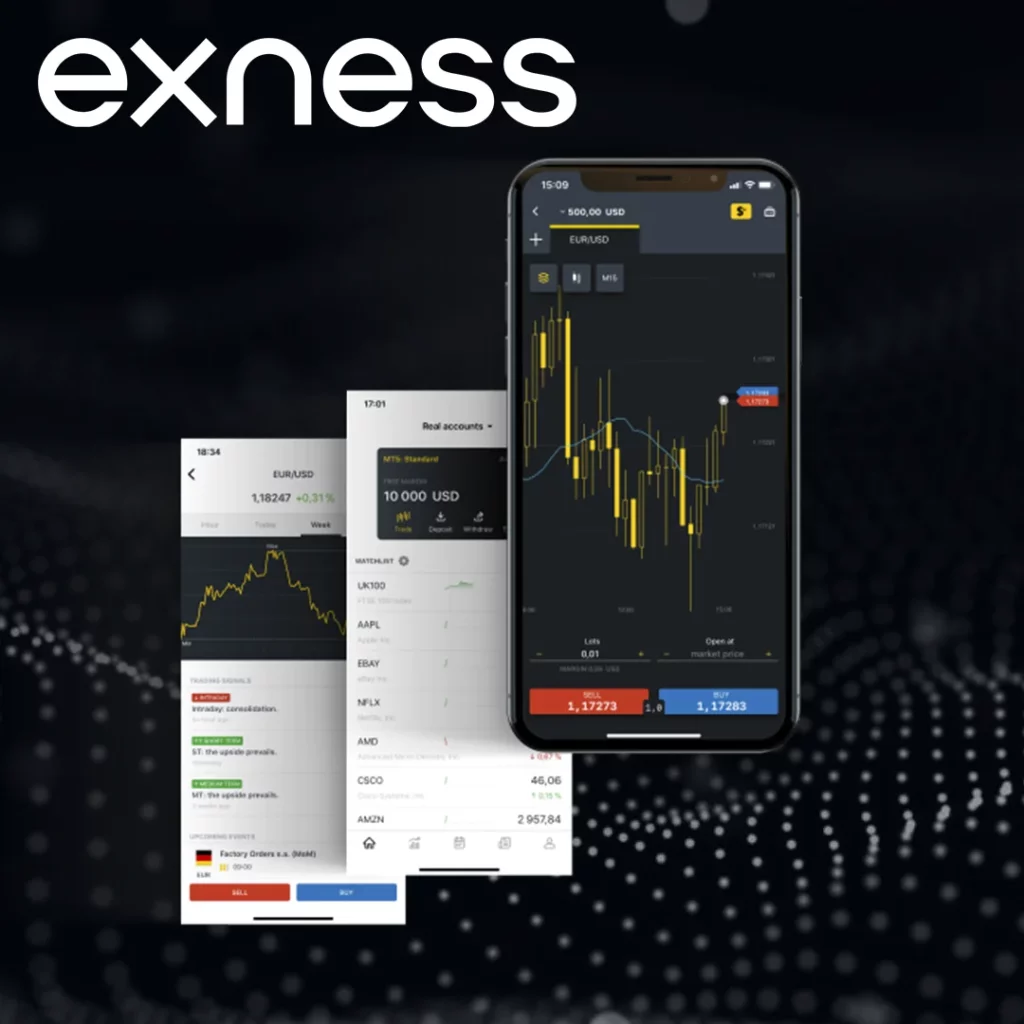
- Set Stop Loss Levels: Always define a stop-loss to cap potential losses and protect your account from excessive drawdowns.
- Use Trading Limits: Avoid risking more than a set percentage of your account balance on any single trade, especially when using large positions.
- Trade During Optimal Times: Execute trades during high-liquidity sessions, such as the London and New York overlap, to reduce slippage risks and improve execution times.
Conclusion
Exness provides a wide range of maximum lot sizes across its account types, allowing traders to execute positions of varying sizes based on their risk tolerance and trading strategies. By understanding these limits and aligning them with trading goals, traders can better manage their positions, optimize profitability, and control risk. Whether you are a beginner using a Cent account or an advanced trader with a Pro account, Exness offers the tools and flexibility needed to navigate the forex market effectively.

Trade with a trusted broker Exness today
See for yourself why Exness is the broker of choice for over 800,000 traders and 64,000 partners.
FAQ
What is the maximum lot size in trading?
Maximum lot size refers to the largest trade size a broker allows for a specific instrument or account. It impacts risk exposure and potential rewards.

